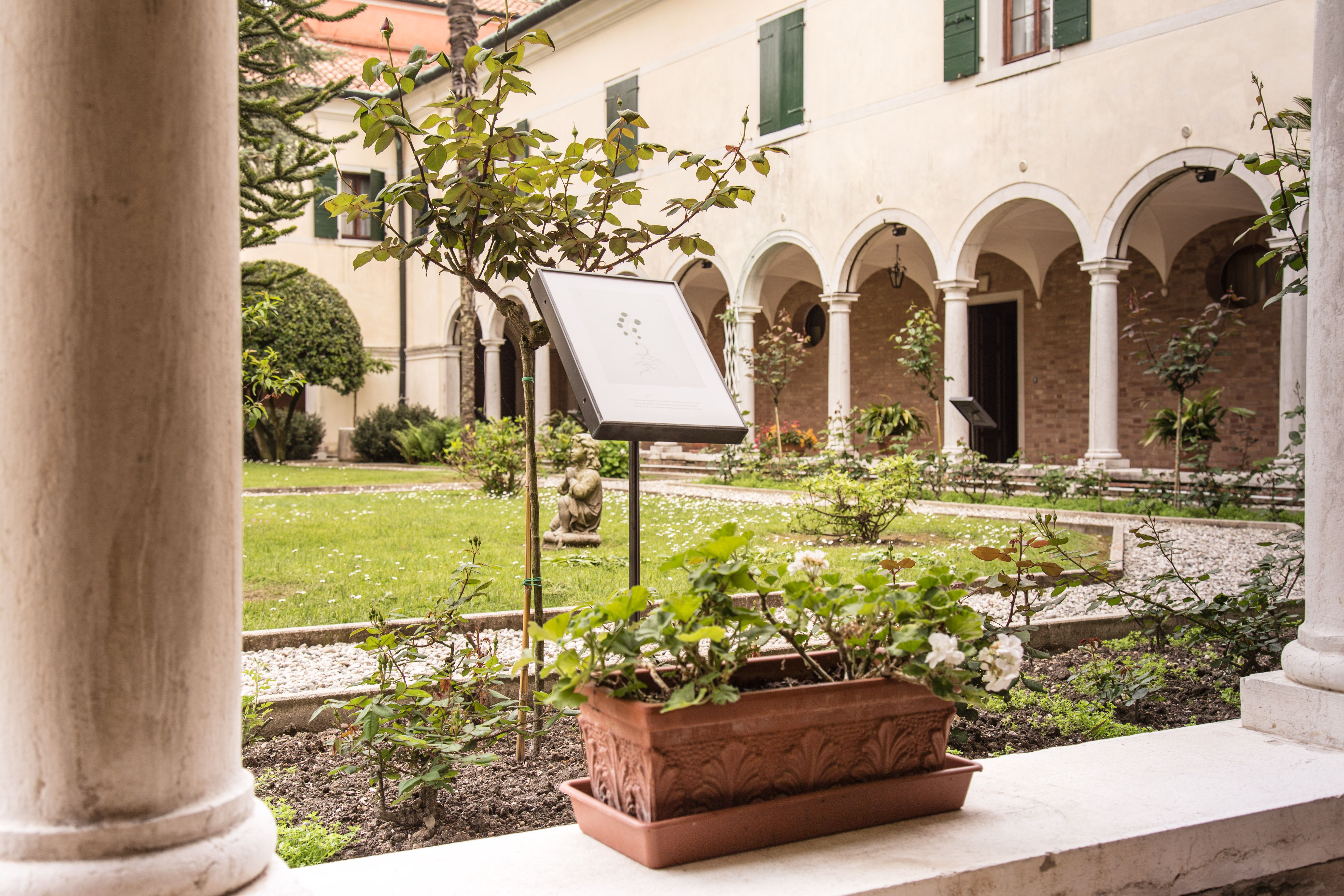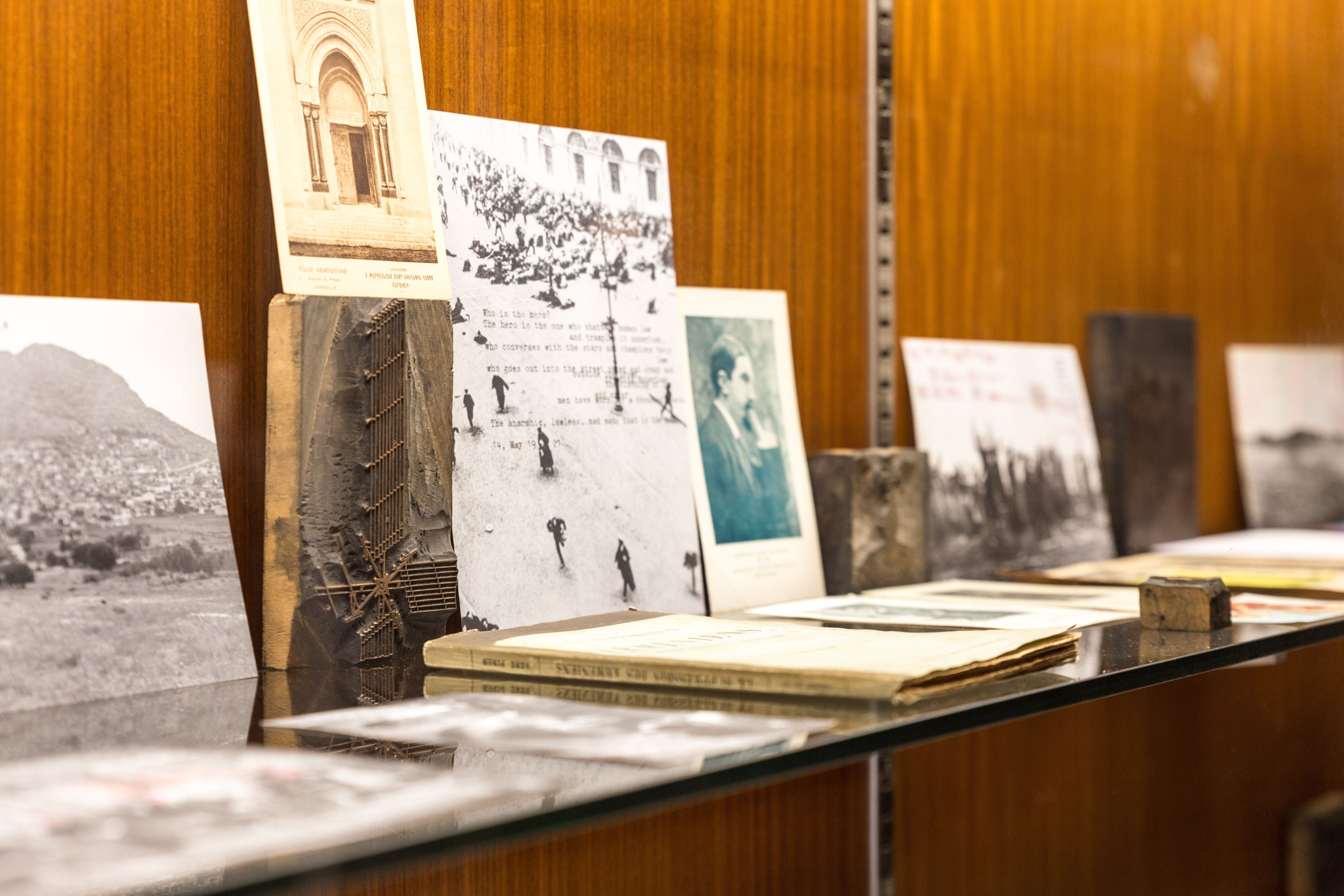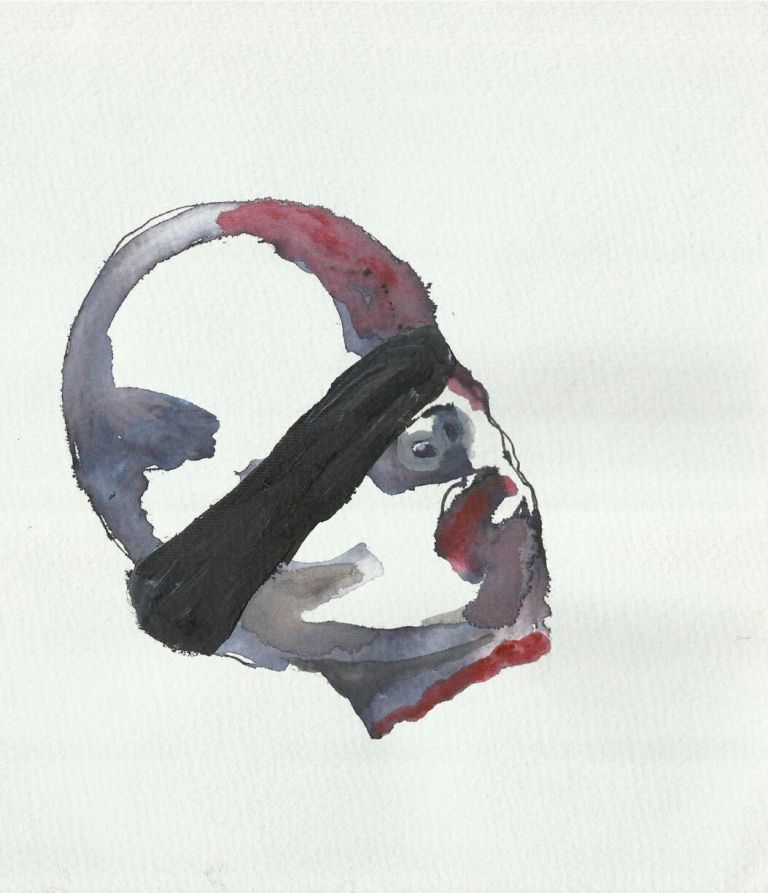A far cry from what we′ve seen before

The Biennale d′Arte, which takes place every two years in Venice, ranks alongside the Documenta in Kassel and the Biennale in Sao Paolo as one of the world′s largest international festivals of contemporary art. Unlike other festivals, Venice depends on country pavilions: 89 nations are represented this year, more than ever before. Among them are several countries from the Arab world and the Middle East, such as Egypt, Armenia, Iraq, Iran, Israel, Syria and the United Arab Emirates. Only a small number of these pavilions are located in the Giardini, the central exhibition area. For the others, visitors have to invest some time and go exploring; they will be rewarded with some gems scattered across the city.
The genocide seen from the diaspora
This year, Armenia′s contribution in particular has attracted attention. This is partly because the pavilion won the Golden Lion Award for best national participation. Beyond that, the exhibition has an important, up-to-the-minute political focus, as it remembers the genocide of Armenians in Turkey 100 years ago.

Sixteen artists from the Armenian diaspora were invited to present their work under the title "Armentiy". The curator of the Armenian pavilion chose the monastery island of San Servolo, a very out-of-the-way location, but also highly symbolic. The Armenian monastery there is a central reference point for Armenian culture in the diaspora.
The root of all evil
Many of the works create a wonderful symbiosis with the spaces of the monastery, and serve as examples of the effect that art can achieve when it is integrated into the rooms available for display. In the cloister, the panels of Rosana Palazyan′s work "Why Weeds?", which are reminiscent of botanical studies, integrate perfectly into the monastery′s garden. With skilful use of quotations from botanical essays on plants seen as weeds – for example, "they are invaders and need to be exterminated" – she alludes to the question of how people treat others who are different from themselves. Found footage from the monastery archive and cuttings from newspapers and magazines fill Rene Gabbri and Ayreen Anasta′s vitrines in a room on the upper floor of the monastery, which look like they usually contain ethnographic objects. They create a wonderful visual scape, in which added comments like "this is a state of exception" pose questions about the relationship between power and violence.

Invisible beauty
The Ruya Foundation has set up the Iraqi pavilion, entitled "Invisible Beauty", on the first floor of a palazzo on the Canale Grande. The main room is devoted to the Iraqi photographer Latif Al Ani, the founding father of Iraqi photography. His pictures are a fascinating contemporary history record of life in Iraq in the second half of the twentieth century, and stand in stark contrast to the journalistic images of war and violence coming out of the region today. The staged photographs of Akam Shex Hady function as a contemporary counterpart: they are portraits of Iraqis who have fled from IS, their vulnerability emphasised by the snaking length of black material he has draped around them.
Haider Jabbar has found a moving way to give artistic expression to the political violence in his country. His watercolours show the mute, haggard faces of people who have been decapitated, confronting the viewer with the inhuman cruelty of this act. Salam Atta Sabri′s illustrated diary "Letters from Baghdad", meanwhile, works through the artist′s experiences on his return to Iraq after a 16-year exile. The pictures, exhibited in public for the first time, represent profound poetic reflections of his everyday life as an artist.

Another project being shown in Venice, initiated by the Ruya Foundation, and unfortunately relying a little too much on the appeal of celebrity, features drawings of Iraqi refugees. No less a person than the Chinese dissident Ai Weiwei was chosen to select the drawings. But even without his input, the drawings would not have lost their effect.
Venice as a political stage
In Venice, it is impossible to avoid a political reading of the exhibitions in the country pavilions. To some extent, the mere presence of countries in the midst of a civil war, like Syria, is a political statement. And beyond this, a political reading is encouraged by the content of the works on show and the curatorial concepts behind them, which almost universally return to current political issues and conflicts in the region. While this works well in the Armenian and Iraqi pavilions, elsewhere it appears somewhat gratuitous. Syria in particular delivers a weak artistic output, which the exhibition′s overblown title, "Origins of civilization" fails to disguise. There is also a thoroughly embarrassing official presentation by the Egyptian regime, consisting of a 3D image of the word "Peace", made of artificial grass and accessible via an app – an idea that still manages to fall flat.
The exhibitions in Venice run until 22 November (opening hours: Tues to Sun 10 am – 6 pm). Detailed information on the individual national pavilions and their exact locations can be found on the Biennale website.
Felix Koltermann
© Qantara.de 2015
